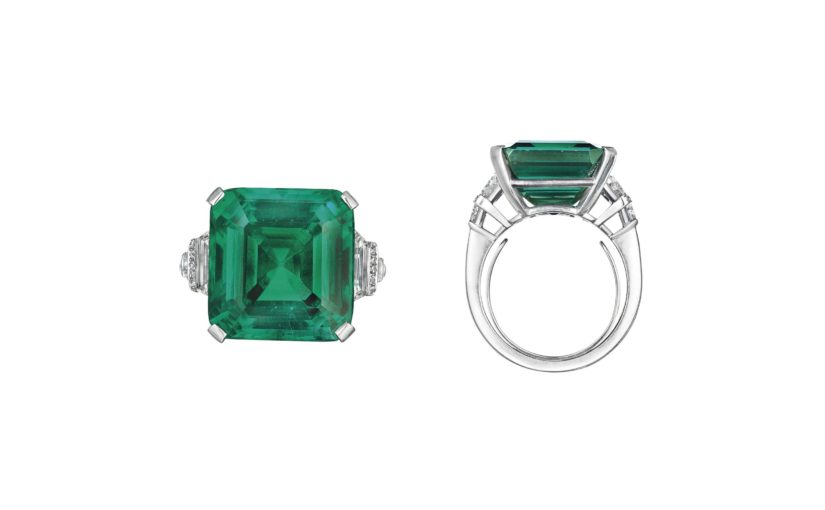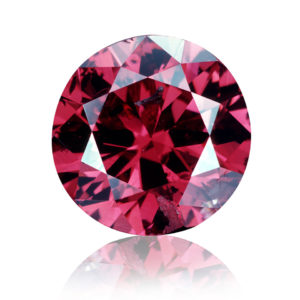
Every now and again, a visionary comes along and shakes up their industry.
Leonardo da Vinci. Thomas Edison. Martin Scorsese… Beyoncé.
This is not the case for fine jewellery. While jewellers can be renowned for their craftsmanship and style, it is more often the jewellery pieces themselves or the people wearing them, that leave their mark upon history.
Given this, exquisite jewellery can shape our sense of beauty and leave the world with a new definition of art or fashion.
So, in favour of celebrating the best of the best, here are some of our favourite historical jewellery that has changed the world for the better!
Mary’s Diamond

Throughout the ages, it was often a custom to exchange rings as a symbol for marriage. However, the period before a wedding ceremony, which we all now refer to as an engagement, only started to be practiced in the 20th century.
Before then, the concept of an engagement ring was all too foreign. Not to mention that the middle-class didn’t even exist for a majority of the middle ages, so to be in possession of jewellery often meant you were of royal blood.
But the tradition couldn’t have popped out of thin air? Well, according to history, it basically did!
The first known engagement ring was given to the aristocrat, Mary of Burgundy, also known as Mary the Rich. A French monarch, Mary became duchess at the ripe age of 20 years-old. Her reigning period was characterized as incredibly prosperous and vast, meaning her hand in marriage was particularly sought after.
Enter the Archduke Maximilian of Austria. A highly important ally for the Burgundy royals, Maximillian needed to make a strong impression to win over Mary the Rich. So he sent his marriage proposal with a serious surprise.
The first diamond engagement! Made with several (what is described as Marquise cut) diamonds arranged into a shape of an M, for Mary, on a simple metal band, this ring cost Maximillian a FORTUNE.
With a lacklustre supply of diamond mines at this period, the sheer cost apparently ended up causing some financial discourse. However, he luckily married into riches!
Mikimoto’s Seeds

Transitioning from an isolated island to one of the world’s most powerful Imperialistic nations, Japan managed to accomplish a lot in some 50 odd years. While history textbooks might only glorify their industrial advancements, Japan made serious strides in art and fashion.
One of the greatest additions to the world of jewellery stemmed from Japan in this era. Up until this point, pearls were harvested from oysters with no control over the outcome. Small and irregularly shaped pearls were not uncommon.
Kokichi Mikimoto, a Japanese noodle producer, was certain there was a better way. Mikimoto, after years, developed a way to “encourage” oysters to develop smoother, larger, and perfectly round pearls.
Not much unlike our agriculture, uniformed pearls are just one “seed” away. By implanting (or seeding) an already round pearl from one oyster to another, Mikimoto realized that you could “culture” pearls to your liking.
Today, his style of cultured-pearl farming is still practiced. The work can be infamously seen on the Miss Universe’s coronation Mikimoto crown seen above.
The Hancock Red

While synthesized diamonds can be altered to any hue of your choosing, real red diamonds are much rarer. With less than 30 red diamonds ever known to exist, even being able to hold one is a great honour for many jewellers.
Much like their more available cousin, the pink diamond, the red hue develops from unique defects in the crystal lattice. This makes the style highly sought after and is one of the only diamonds whose size under 1 carat will not disqualify them from being considered an “investment stone”.
One of the most famous red diamonds originates from the personal collection of Warren Hancock. Not particularly large, the Hancock Red clocked in at 0.95 carats. What did make this stone special was its brilliant purplish-red tone dubbed “fancy red”.
Purchased in 1987 by Christie’s in New York for a whopping $880,000, or close to $2 million in today’s dollar. This shattered previous dollar per carat records by over seven times and the Hancock Red held this title for twenty years.
Rockefeller Emerald

Out of all the gems, there is one that is most often praised for its unique beauty – the Emerald. And we won’t be talking about any ordinary green stone, we are going to be talking about the Rockefeller Emerald.
Amazing for its voluptuous shape and size, the 18.04-carat gem was a statement for the world to see. Gifted to David Rockefeller by his father upon his mother’s, Abby Aldrich Rockefeller, death, David sought long-time family friend and business associate, Raymond Carter Yard, to create a ring suitable for this sizable stone.
What Yard produced remains one of the most important pieces of emerald jewellery around today. A surprisingly uncomplicated platinum and diamond setting hoist the stunning emerald in a way that only enhances the gem’s natural beauty.
Not only does the provenance of this emerald add to its pervasive charm, but the quality is also simply unmatchable. Even the American Gemological Laboratory describes the piece as “Exceptional”, possessing a rare combination of size, saturation, and an absence of treatments.
The piece realized a value of $5.5 million or $305,516 per carat, breaking the previous record held by the Bulgari Emerald Brooch.
The Little Guys
While we might not be Rockefeller’s jewellers, we still strive to change YOUR history!
Every piece that we sell through our doors or online are chosen for their high-quality and elegant designs. If you would like to see more awe-inspiring jewellery, you can view our collection of inventory and custom-pieces on our Instagram page here!

